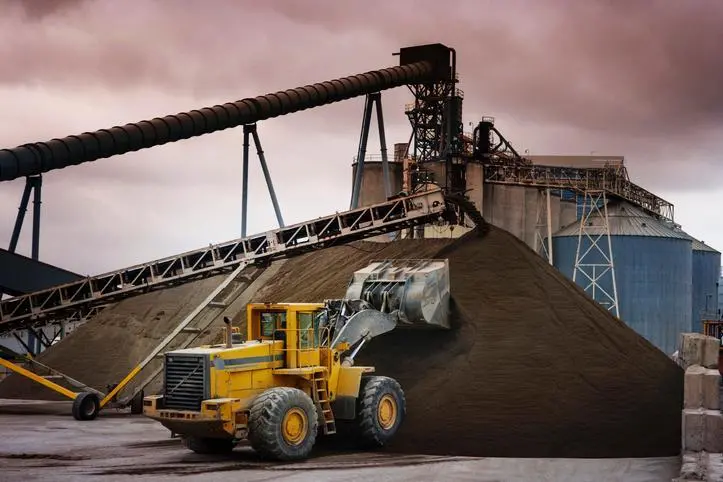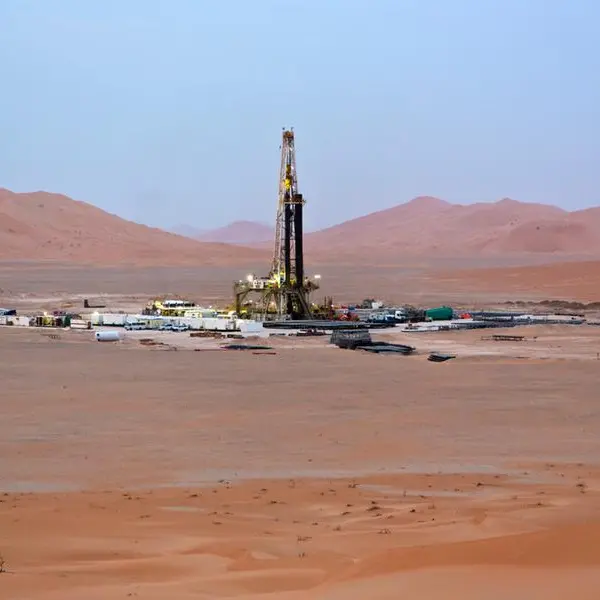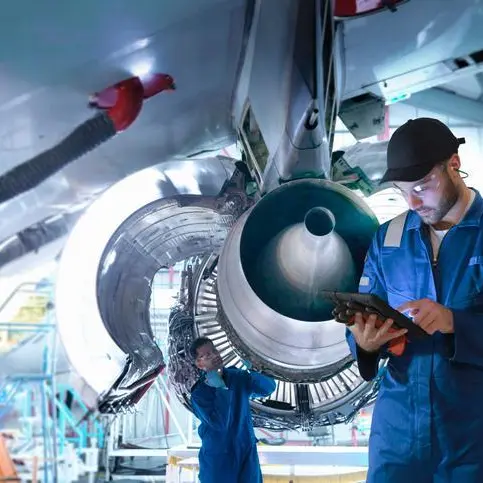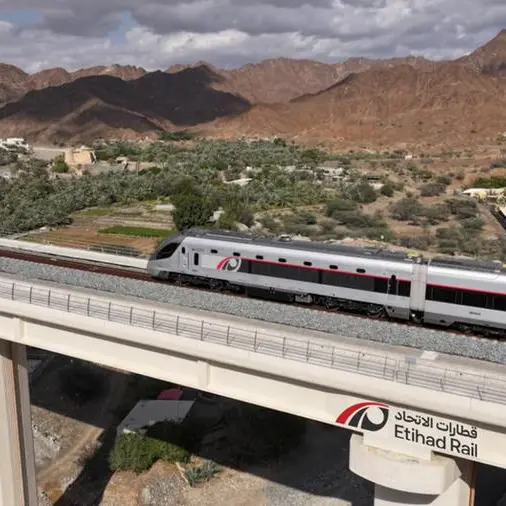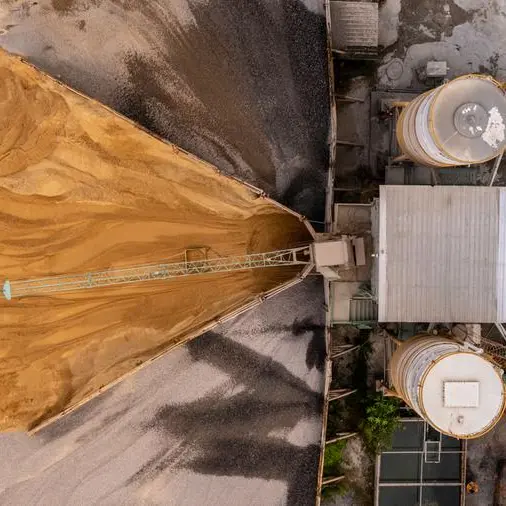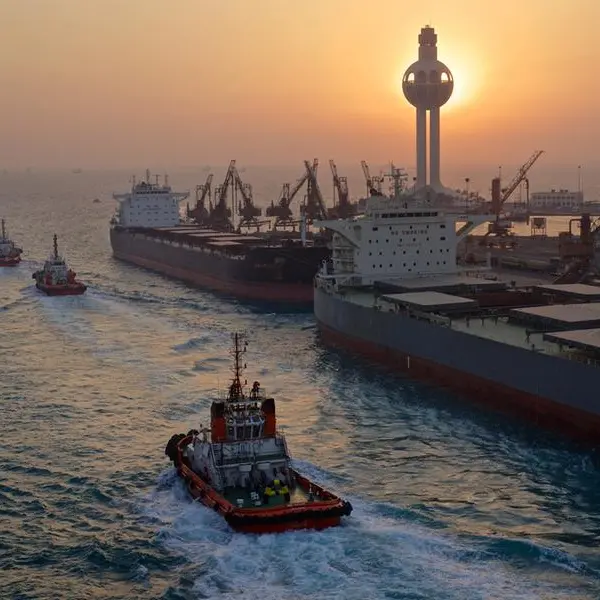PHOTO
MUSCAT: A Spanish-based engineering firm has revealed that it has been contracted by an Omani client to supply a cement plant based on its innovative low-carbon cement technology.
Madrid-headquartered IPIAC said in a post that its LC3 cement plant – based on technology that prioritises the use of calcined clays over conventional clinker – will cut carbon emissions associated with cement production by around 40%.
“Very proud that IPIAC will be pioneering the introduction of LC3 — Low Carbon Cement — in a new region of the world,” said Alberto Putin, General Manager – IPIAC, in the post.
“IPIAC is now introducing this disruptive technology in Oman, which will be the first country in the Middle East region to use calcined clays to reduce its clinker factor (to mitigate CO2 emissions up to 40%) in its cement and concrete production,” he further noted.
According to experts, LC3 is a relatively new type of cement produced from a blend of limestone and low-grade clays found in abundance in many parts of the world, including the Sultanate of Oman. Unlike clinker, which is produced in a kiln heated to temperatures ranging from 1,200 – 1,350 degrees C, calcined clays require temperatures of just 600 – 700 degrees. Furthermore, cement and concrete made from this blend are found to be durable, cost-effective and hence more environmental sustainable.
IPIAC says it plans to ship the plant machinery for the Omani LC3 cement project in ‘plug and play’ mode, with all parts and equipment assembled in flat-rack containers.
The plant manufacturer is credited with conceptualizing and establishing the first LC3 pilot project in Cuba, and the first greenfield plant in the Ivory Coast in 2020. It is currently developing a calcined clay plant in Angola.
Underscoring surging global interest in LC3 based cement production, the COP28 UAE Presidency last month named Swiss-based École Polytechnique Fédérale de Lausanne (EPFL), a pioneer in LC3 production, as one its Energy Transition Change-makers in the Heavy Emitting Sectors category. LC3, says the Swiss institute, has the potential to eliminate 500 million tonnes/year of global CO2 emission by 2030. Around nine plants around the world currently produce LC3 cement, with a further 20 planned before 2025, according to EPFL.
2022 © All right reserved for Oman Establishment for Press, Publication and Advertising (OEPPA) Provided by SyndiGate Media Inc. (Syndigate.info).
